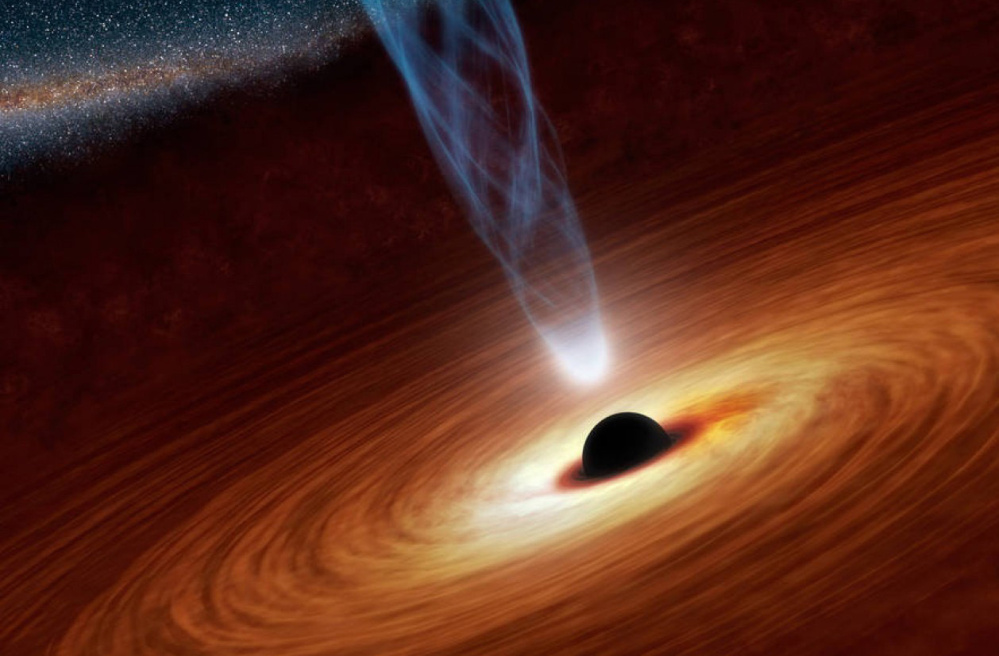By its very nature, the black hole at the heart of our galaxy is impossible to spot. Its overwhelming gravity allows nothing to escape, not even light. Massive enough to send shivers through space-time itself, yet perfectly invisible, it lurks in the darkness like a monster from a child’s nightmare – felt but unseen.
It is the stuff of physicists’ wildest dreams.
“Black holes are basically the most mysterious objects in the cosmos,” said Shep Doeleman, an astronomer at the Harvard-Smithsonian Center for Astrophysics. Even Albert Einstein almost didn’t believe they were real, even though it was his theory of general relativity that helped predict them more than 100 years ago.
In the century since, scientists have been able to sense black holes through observations of their influence on nearby matter. And with last year’s detection of gravitational waves emitted by two colliding black holes, they’ve also heard them. But no one has ever seen a black hole. The enigmatic objects hide behind an “event horizon” – the boundary at which gravity acts like an invisibility cloak, wrapping around light and matter and swallowing them whole. No telescope on Earth is powerful enough to penetrate that abyss.
At least, no single telescope is. On Wednesday night, a battalion of 120 astronomers were working at eight observatories on four continents to mobilize in an unprecedented effort to image the black hole at the center of the Milky Way, a body named Sagittarius A. By combining observations from points across the globe, they’ll create a virtual observatory the size of Earth itself. The “Event Horizon Telescope,” they call it.
If all goes according to plan, the EHT should capture the dark silhouette of Sagittarius A against the hot, glowing material that surrounds it, offering the first-ever glimpse at a black hole’s event horizon. The resulting snapshot could confirm our understanding of the laws of the universe – or upend it.
Over five nights during a 10-day window beginning Wednesday, the eight telescopes of the EHT swiveled as one toward the center of the galaxy. Scientists in Chile’s Atacama Desert, on a volcano top in Hawaii, at the frozen expanse of the South Pole and in the high, dry mountains of Arizona, Mexico and Spain will be ready to catch the data.
Once they get their five nights of observations, the astronomers around the globe will deliver their findings to supercomputers at the Massachusetts Institute of Technology and the Max Planck Institute in Germany.
Doeleman expects to have two to three petabytes of data to look through – equivalent to the storage capacity of about 10,000 MacBooks. It will take the researchers months, if not years, to analyze all the findings.
Team members hope to get their first glimpse of real science this fall. If predictions are correct, Sagittarius A should appear as a bright ring of light (from fast-moving photons orbiting the black hole) with a dim interior.
Send questions/comments to the editors.


